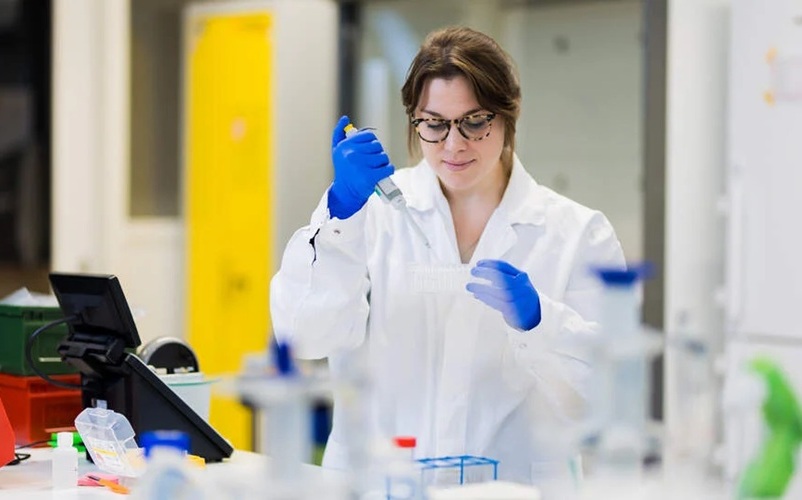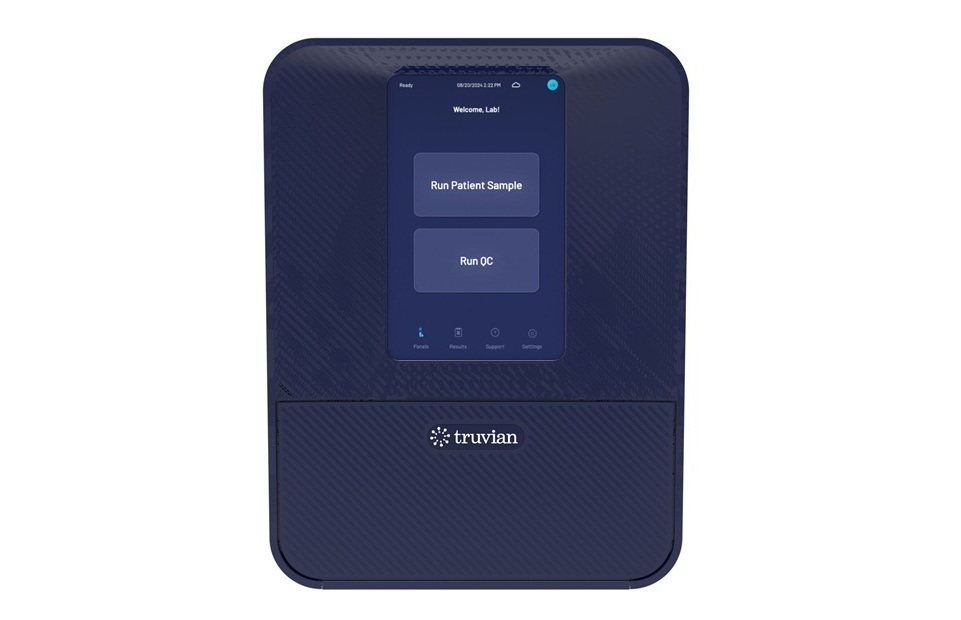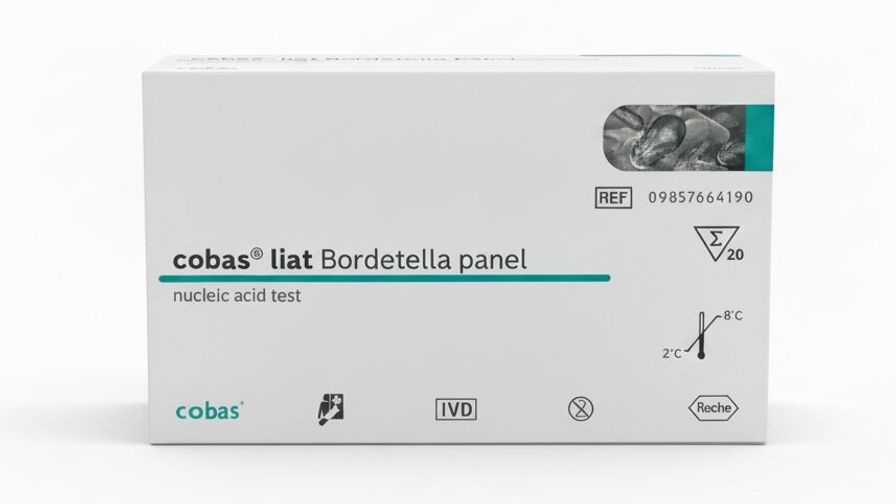Nasal Swab Test Offers Simpler and Less Costly Virus Screening in High-Risk Settings
Posted on 24 Jun 2025
PCR testing is the gold standard for detecting respiratory viruses, but it is costly and not well-suited for mass screening in high-risk environments like healthcare centers and nursing homes. Each virus requires a separate test, making routine large-scale screening impractical. Now, a new study has demonstrated that screening for an antiviral protein in nasal swabs—a marker of the body’s immune response to infection—can help rule out respiratory infections more cost-effectively, reserving PCR tests only for individuals likely to be infected.
The study, by researchers at Yale University (New Haven, CT, USA), explored the viability of using an immunological biomarker to reduce reliance on PCR-based diagnostics in large population screenings. The method hinges on detecting CXCL10, a cytokine produced in the nasal passage in response to respiratory viruses. By analyzing nasal swabs for this protein, the researchers could assess whether the body’s antiviral defenses had been activated. This marker, unlike PCR tests that detect viral genetic material, flags the body’s immune reaction, making it broadly applicable across different respiratory viruses.

The resulting test is considerably cheaper and simpler to administer, making it more suitable for repeated screenings. To test the effectiveness of this method, the Yale team analyzed 1,088 nasal swab samples collected from both clinical settings and COVID-19 screening tests at Yale New Haven Hospital. These samples came from a wide range of participants—adults and children, infected and uninfected—and were compared against results from PCR tests done on the same samples. The findings, published in The Lancet eBiomedicine, showed that biomarker screening could reduce the need for PCR tests by tenfold or more, especially in low-prevalence populations.
In scenarios such as asymptomatic hospital staff screenings, researchers estimate that 92% of PCR tests could be avoided. Further analysis using electronic health records revealed cases where the biomarker and PCR results did not align. The biomarker test was less sensitive in people taking immunosuppressive cancer treatments or in those with very low viral loads—two conditions that can dampen immune responses or detection capability. Still, the biomarker performed consistently across age groups and other demographic variables, supporting its reliability for broader use.
The potential of this screening method lies in its ability to identify those unlikely to be infected, streamlining resource allocation and significantly cutting costs. With commercial PCR tests costing five to fifteen times more than biomarker-based screening, this method presents a scalable and practical solution for ongoing virus surveillance in vulnerable settings. It could play a key role in outbreak management and preventative care by offering an accessible first line of screening.
“So you could do less than one-tenth of the PCR tests and still identify the people with viral infections,” said Ellen F. Foxman, an associate professor of laboratory medicine and immunobiology at YSM and senior author of the study. “This strategy could have been useful during the early COVID-19 pandemic, when our hospital was sometimes testing 10,000 or more people per week. It’s exciting to consider the possible applications.”
Related Links:
Yale University














